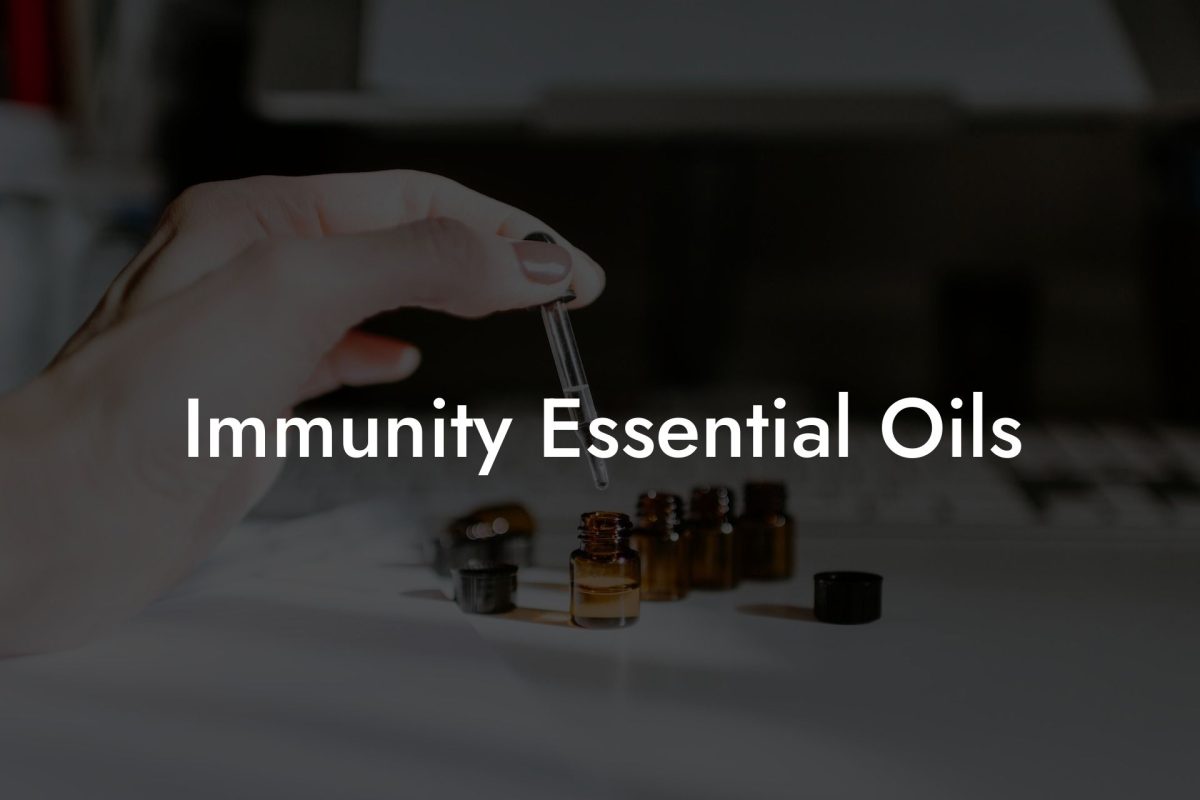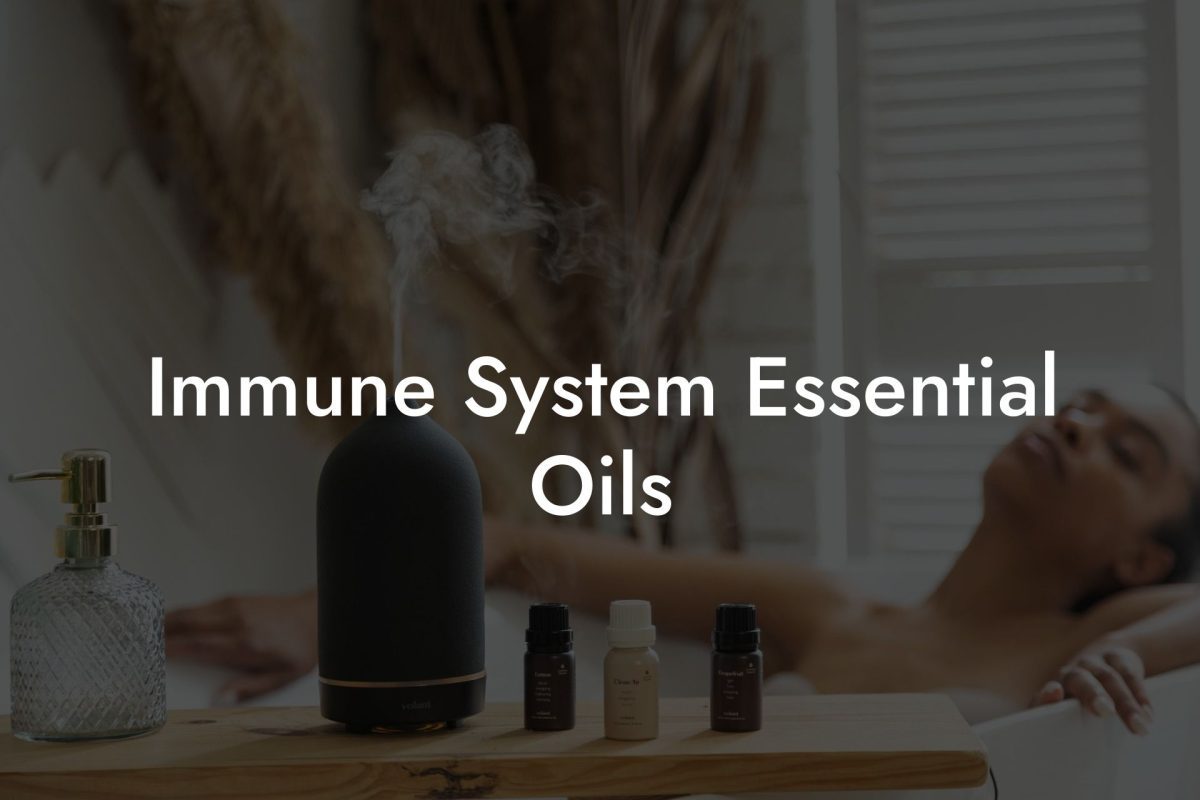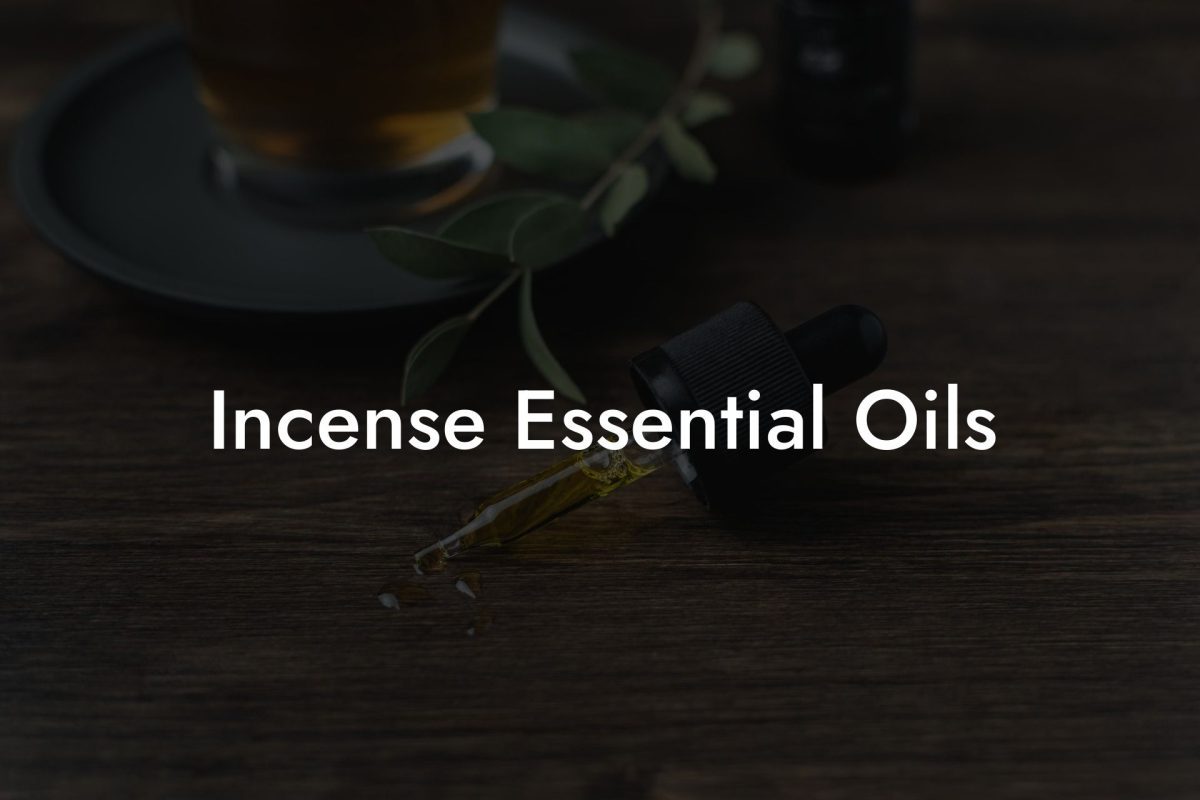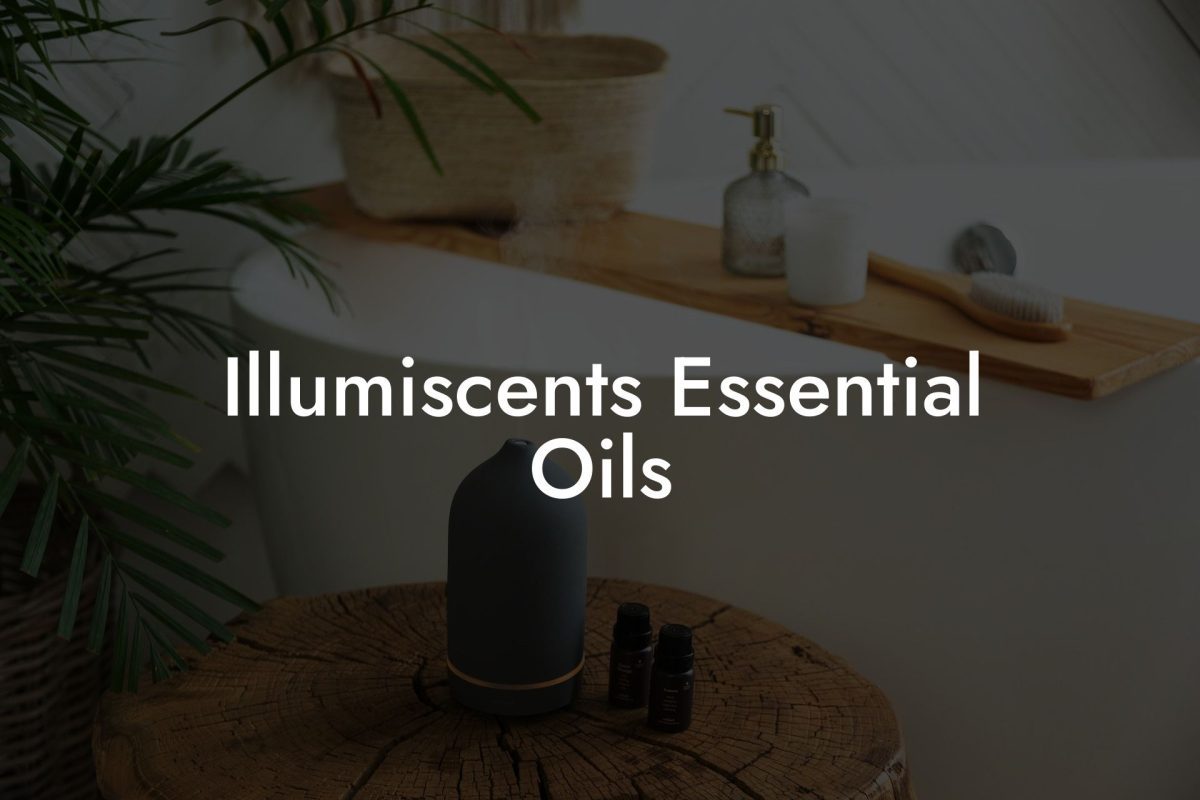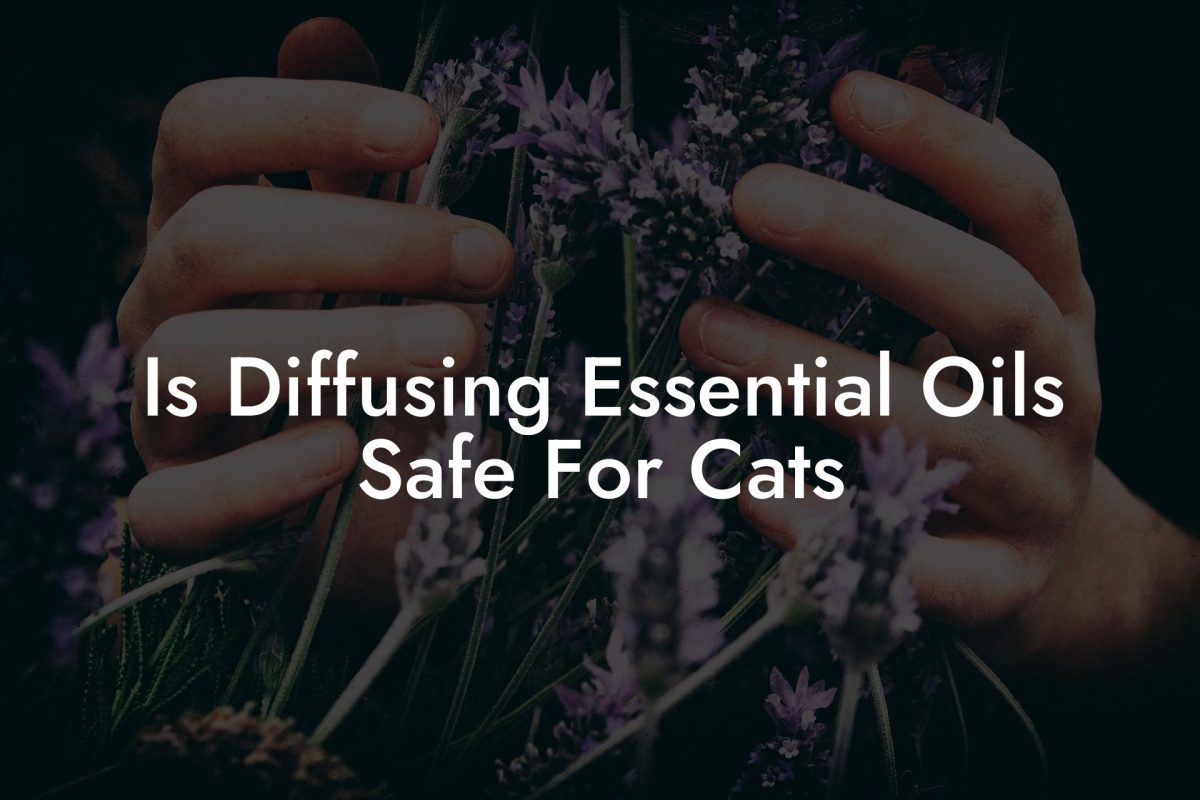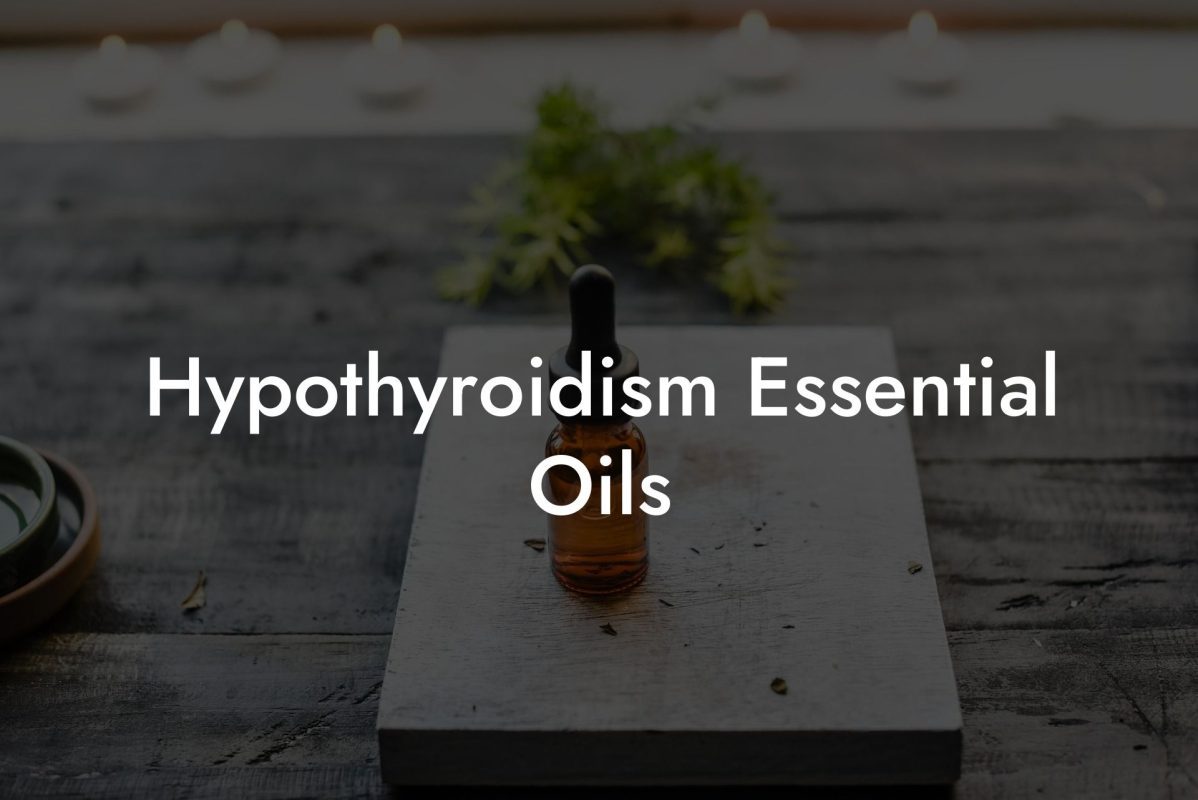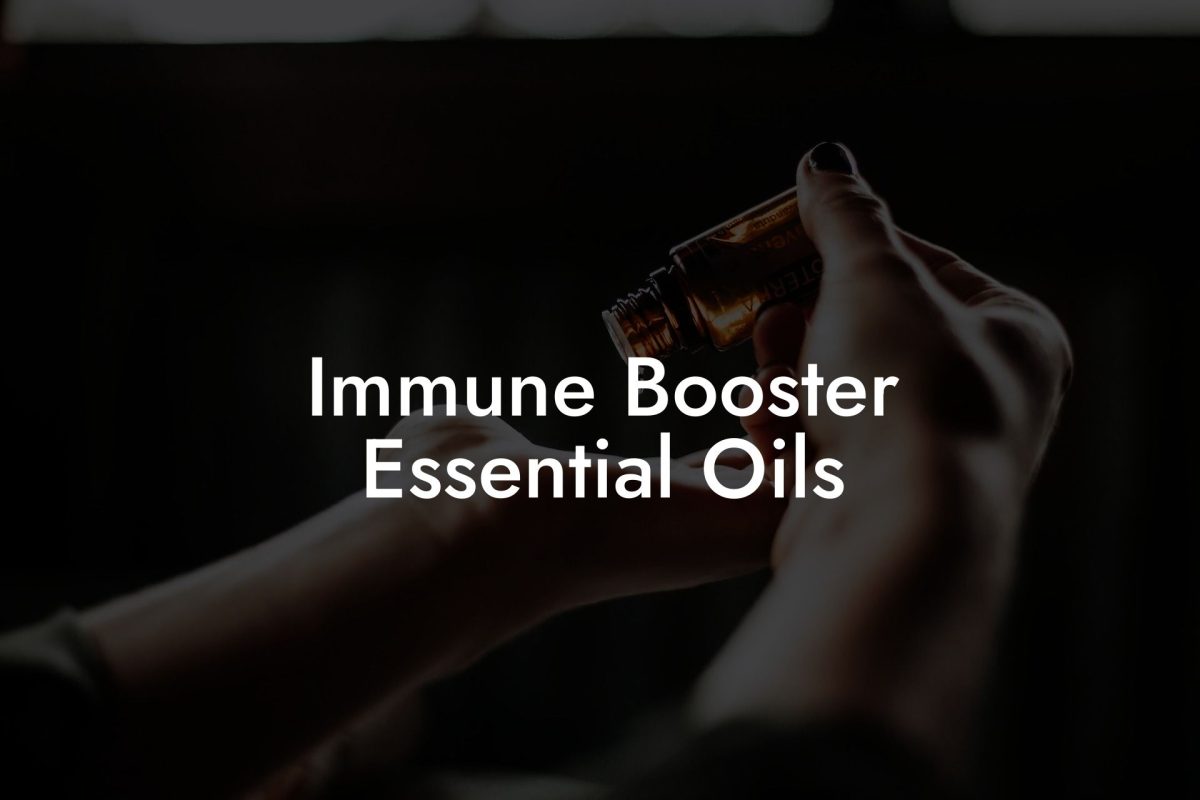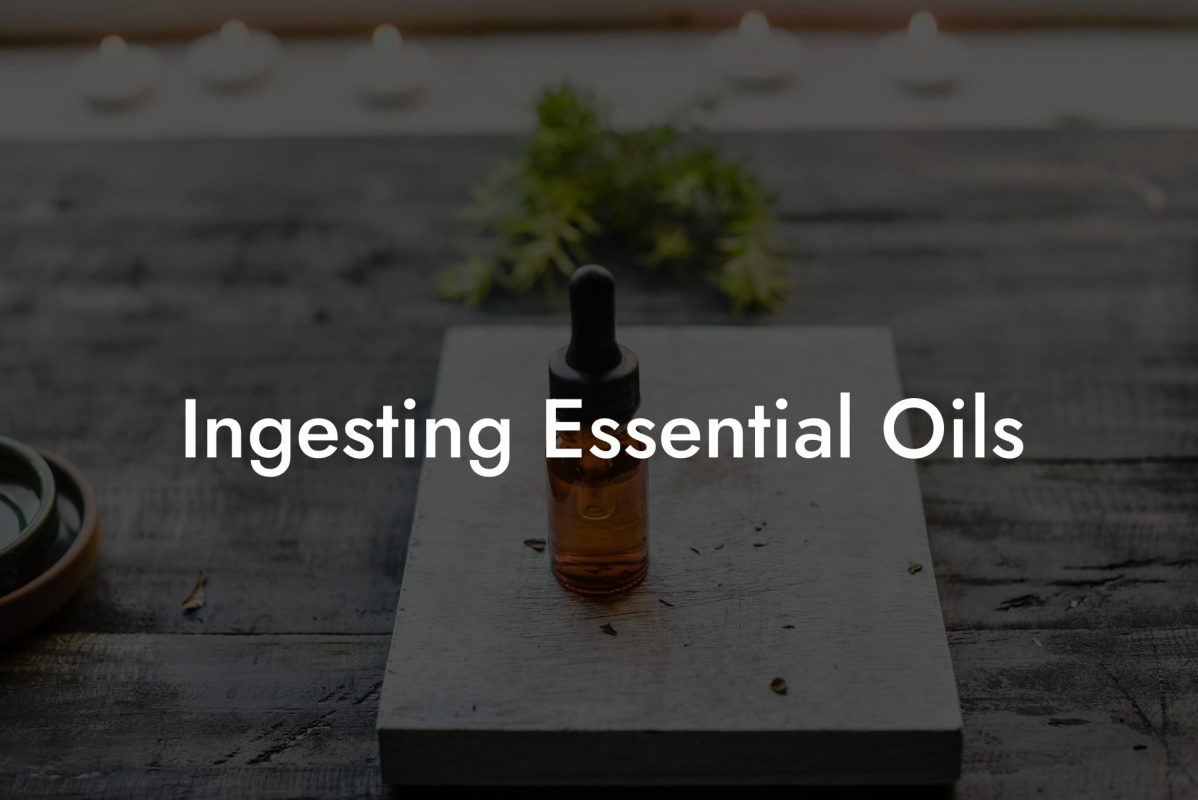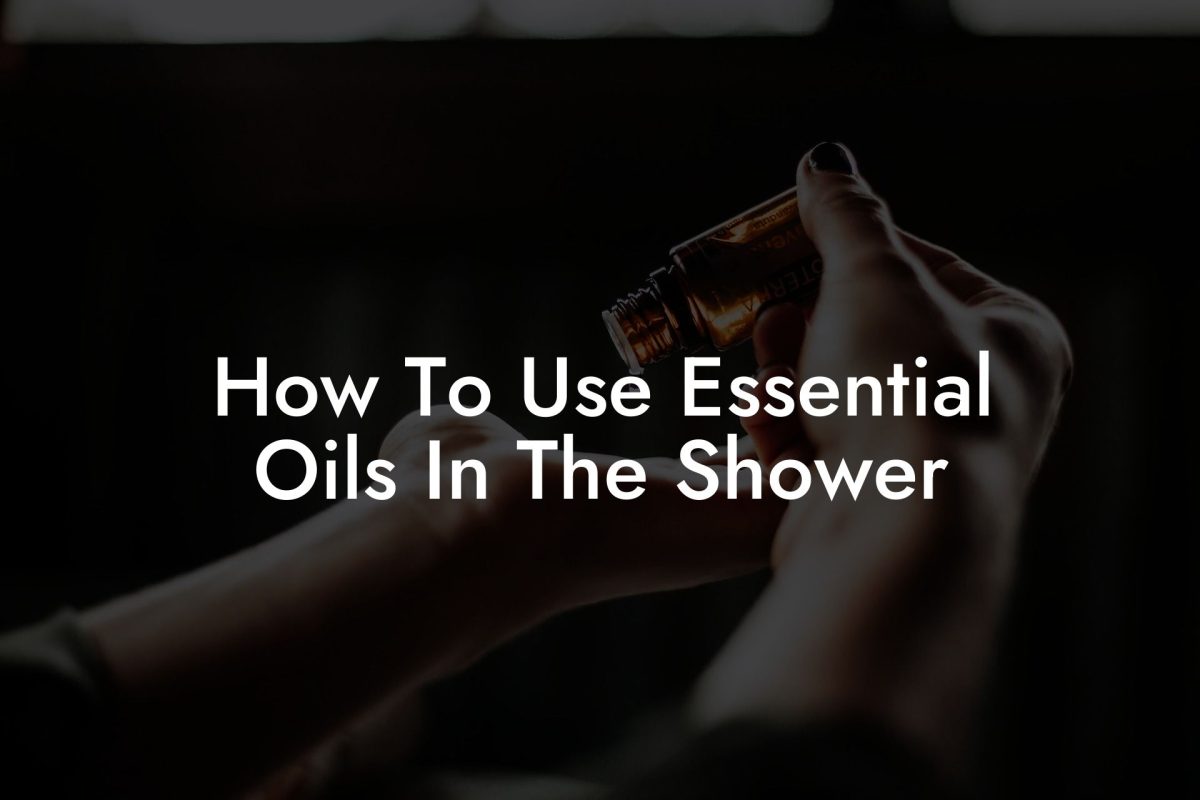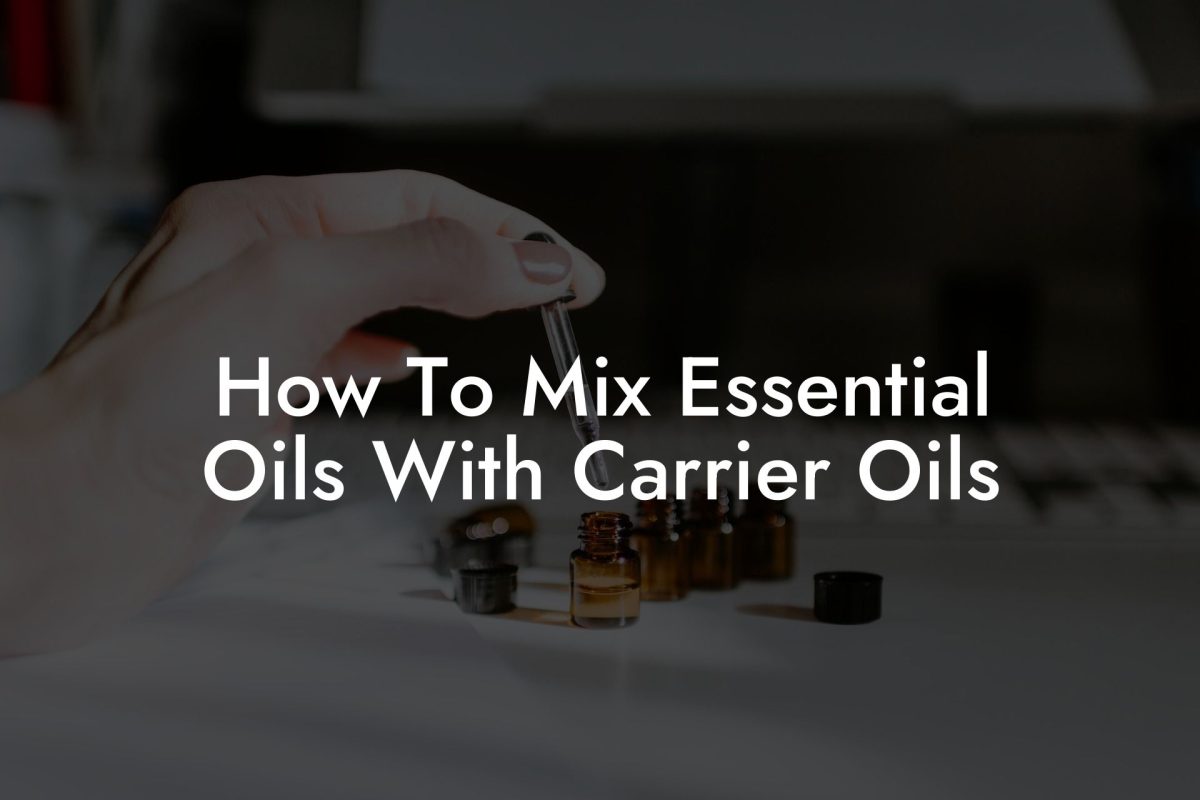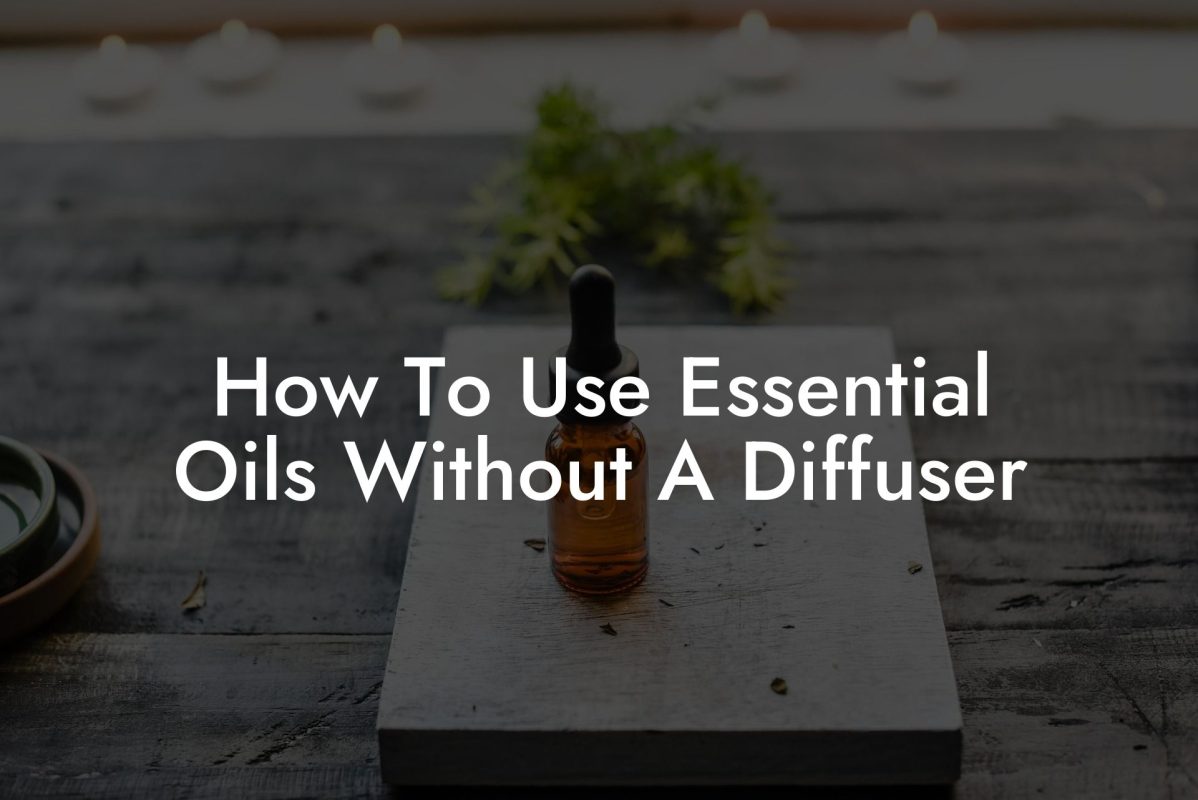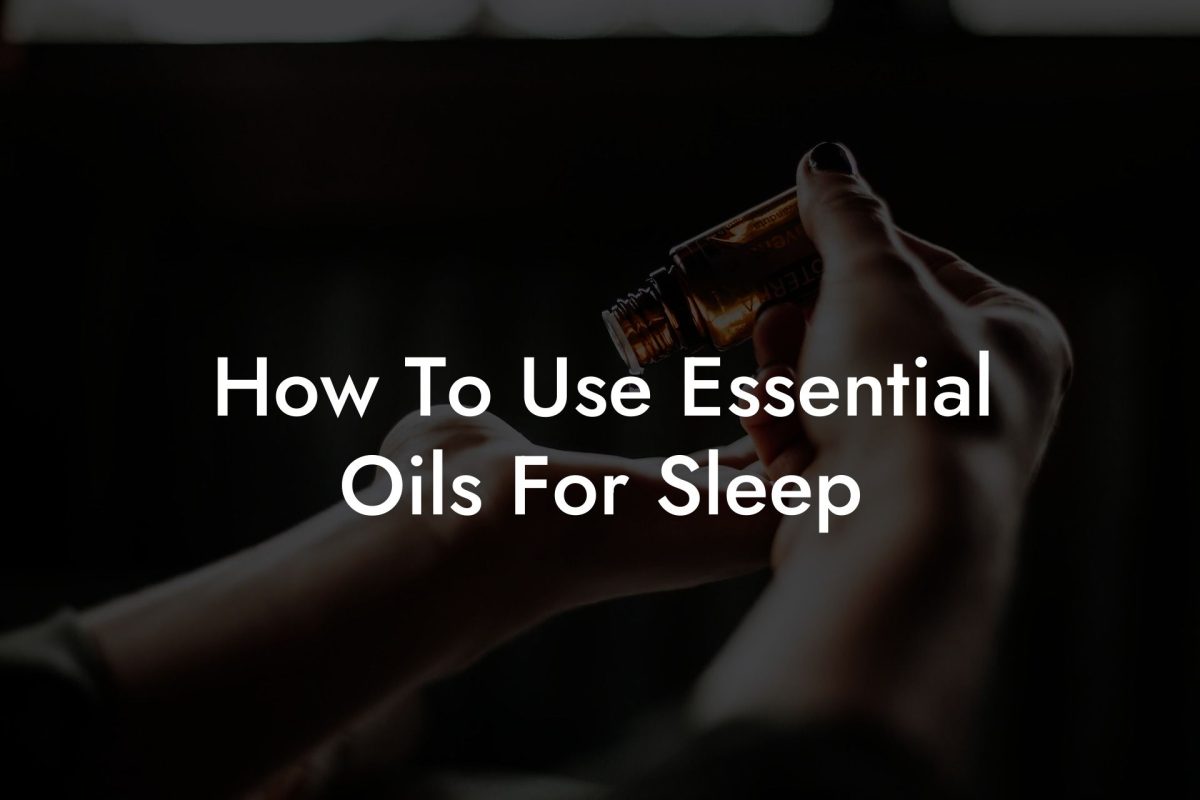Essential oils have versatile applications in our daily lives, from aromatherapy and skincare to cleaning and natural remedies. They are concentrated extracts of plants’ beneficial properties and captivating scents, encapsulating the essence of nature’s botanical wonders. But have you ever wondered how they are made? In this article, we take an in-depth look at the different extraction methods used to obtain these aromatic elixirs.
Table of Contents
Steam Distillation
- Most common method of essential oil extraction
- Uses water and steam to release the volatile compounds from the plant materials
- Condenses the steam and oil into a separate container
Steam distillation is the most widely used method for extracting essential oils from plant materials. In this method, water and steam are used to heat the plant materials, causing the oil to evaporate. The steam and oil vapor mixture then condenses into a liquid form, where the essential oil is separated from the water. This method is highly effective in extracting most types of essential oils and preserving their delicate aromatic compounds.
Cold Pressing
- Used primarily for extracting citrus essential oils
- Physical pressure rather than heat is used
- Results in a pure and unaltered oil
Cold pressing, also known as expression, is the primary method for extracting citrus essential oils, such as lemon, orange, and grapefruit. In this method, the oil is mechanically squeezed from the fruit peels without the need for heat. This results in a pure, unaltered essential oil that retains its natural aroma and properties. As cold pressing uses no heat, there is less risk of alteration in the chemical components of the oil, preserving its full therapeutic potential.
Solvent Extraction
- Used for delicate flowers and plants
- Utilizes a solvent to dissolve the essential oil
- Results in an ‘absolute’ or ‘concrete’ rather than a true essential oil
Solvent extraction is often used for delicate flowers like jasmine and rose, whose essential oils are sensitive to heat and pressure. The process involves using a solvent such as hexane or ethanol to dissolve the essential oil from the plant materials. Once the solvent is evaporated, the remaining substance is either an “absolute” or a “concrete.” These extracts are not considered true essential oils due to the presence of residual solvents, but they are still highly aromatic and often used in perfumery and skincare.
CO2 Extraction
- Uses carbon dioxide in high pressure and low temperature
- Preserves the essential oil’s aroma, purity, and potency
- Extracts a more complex range of plant constituents
CO2 extraction is a newer method of essential oil extraction that utilizes carbon dioxide in high pressure and low-temperature conditions. This method preserves the essential oil’s aroma, purity, and potency while extracting a more complex range of plant constituents. CO2 extraction is known for yielding a superior quality oil, but the process is more expensive and requires specialized equipment.
How Are Essential Oils Extracted Example:
Imagine that we are extracting essential oil from lavender using the steam distillation method. The lavender buds and stems are placed in a distillation unit, where water and steam are heated and passed through the plant materials. The heat causes the lavender’s essential oil to evaporate, and the steam and oil vapor mixture rises into a condenser. The condenser rapidly cools the mixture, turning it back into liquid form. The liquid is then collected in a separate container, where the essential oil naturally separates from the water, creating the concentrated lavender oil we know and love.
Now that you have discovered the fascinating processes behind essential oil extraction, we hope that you appreciate and understand the immense value these natural remedies hold. The elegant blend of science and art involved in their creation is what makes them such a cherished addition to our lives. Don’t hesitate to share this article with friends and fellow essential oil enthusiasts to spread the knowledge. Explore Oshu Oils’ range of essential oils and delve into our other comprehensive guides to enhance your aromacology journey.


